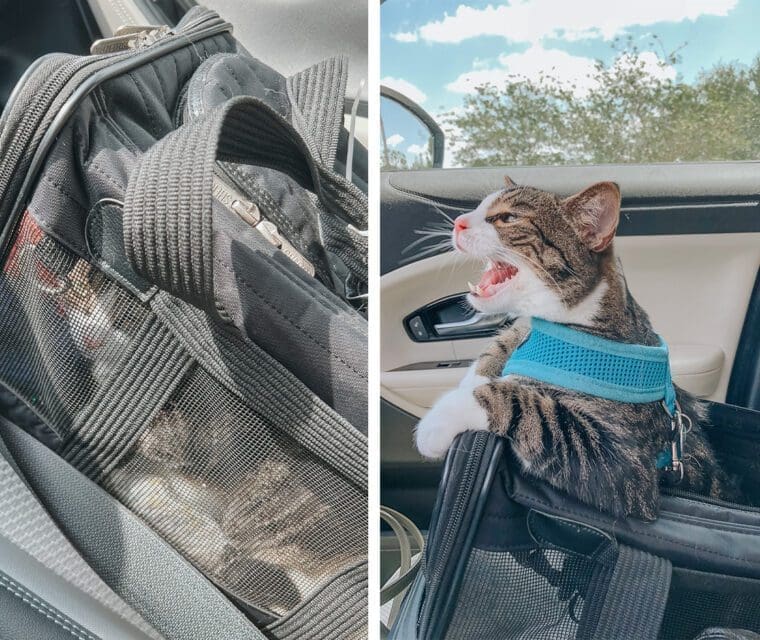Frequently Asked Questions About Polydactyl Cats
When I adopted my first polydactyl cat, Louis, his extra toes were a special surprise I found out about on the day I met him. His adoption name should have tipped me off — Mr. Mittens, with “mitten cat” being a common nickname for polydactyls — but I was new to the Cat Mom Life world. Since then, I have brought a second polydactyl cat into my home, Olivia, as well. Polydactyl cats are unique little felines, with extra toes that friends and family always find intriguing.
Here, I’m going to be sharing some common frequently asked questions about polydactyl cats, along with some interesting trivia you can share with your cat lover friends!
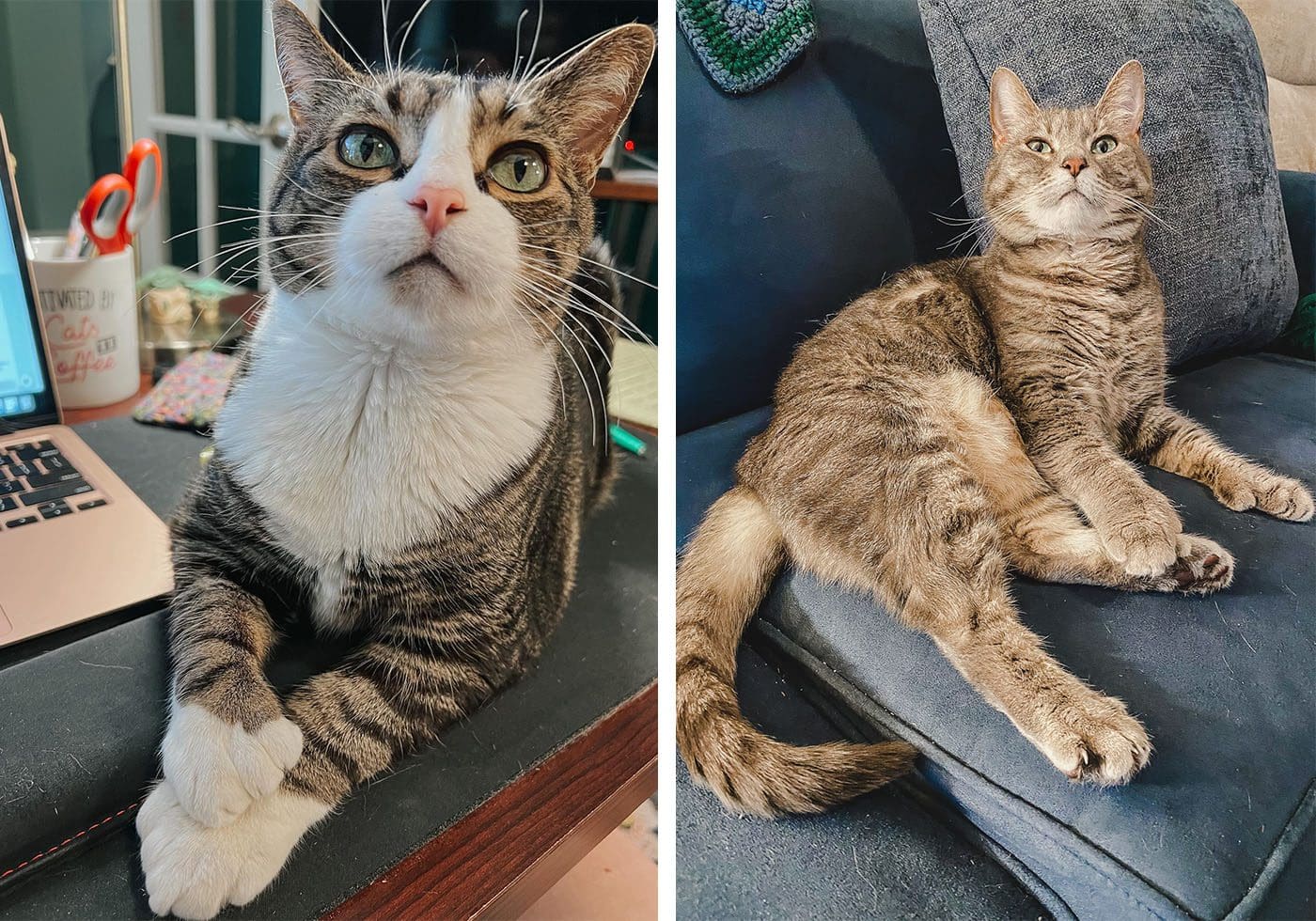
Polydactyl Cats FAQ
What Is a Polydactyl Cat? What Does It Mean When a Cat Is Polydactyl?
Polydactyl cats are, quite simply, cats with extra toes. The term for polydactylism comes from the greek words for many (poly) and toes or fingers (daktulos). There is not a specific breed related to the polydactyl trait; rather, a cat of any breed has the possibility of being polydactyl if they have the genetic mutation that causes the extra toes. Although, with that being said, it seems that Maine Coon cats are commonly polydactyl.
While the typical cat has five toes on the front paws and four on the back, a polydactyl cat can have extra toes on some or all of their paws. The extra toes are caused by a genetic mutation, and most cats that are polydactyl have extra toes on their front paws, rather than on all four.
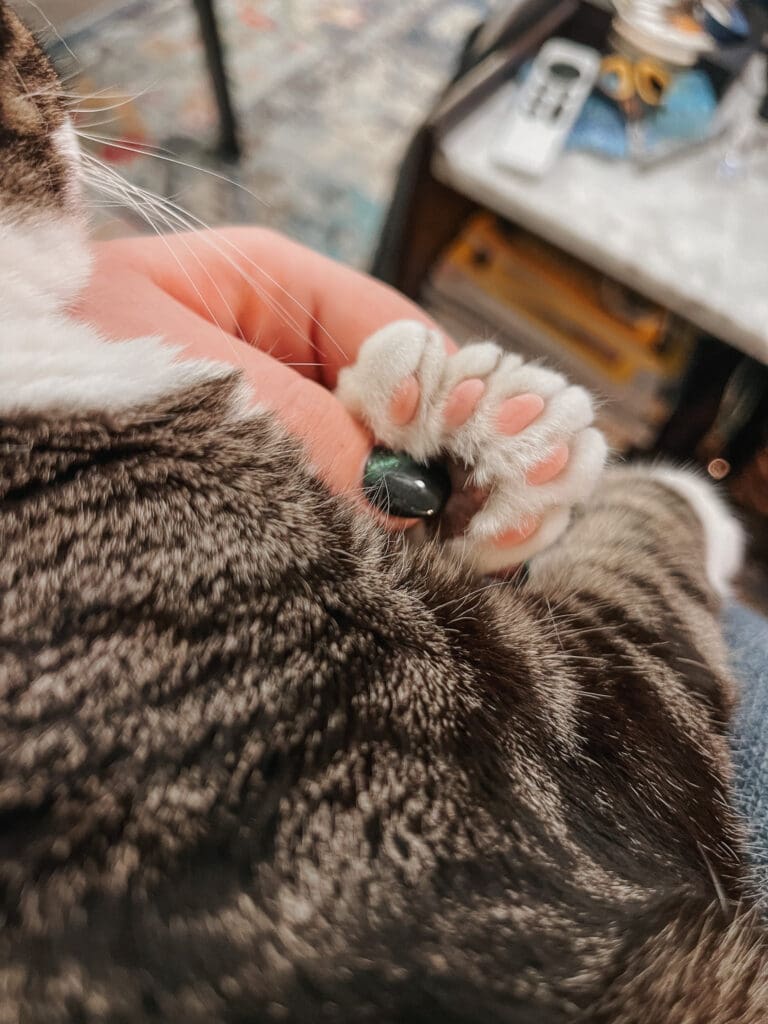

However, it is definitely not impossible to have extras on all four paws — in fact, my Olivia does! You can see her extras in the image above. It can be hard to tell on the back paws, but there are five toes on each paw.
Different Forms of Polydactylism
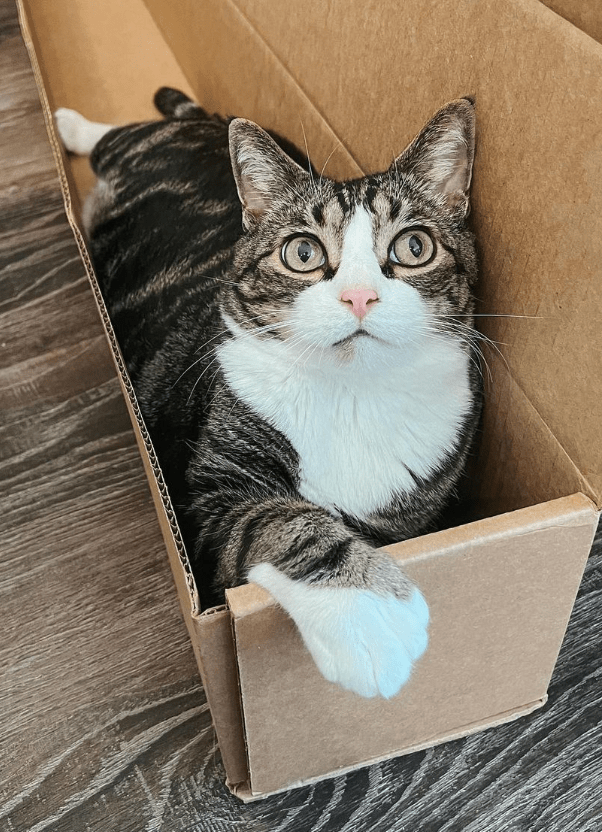
There are three different ways that polydactylism can manifest in cats. Postaxial polydactyl cats have extra toes on the outside (pinky side) of their paws.
The most common occurrence, preaxial polydactyls have the toes on the inside of their paws, so that it looks like a thumb (like my two poly cats pictured on this page). You can see a clear example of this form of polydactyly on my Olivia here.
The least common option are mesoaxial polydactyls, which is where the extra toe sits in the center of the paw.
Normal Cat Paw vs. Polydactyl Paws
Depending on the fur type of a cat, it can sometimes be tough to tell if a cat has the normal number of toes or if they are polydactyl. Here are some examples of polydactyl cats:

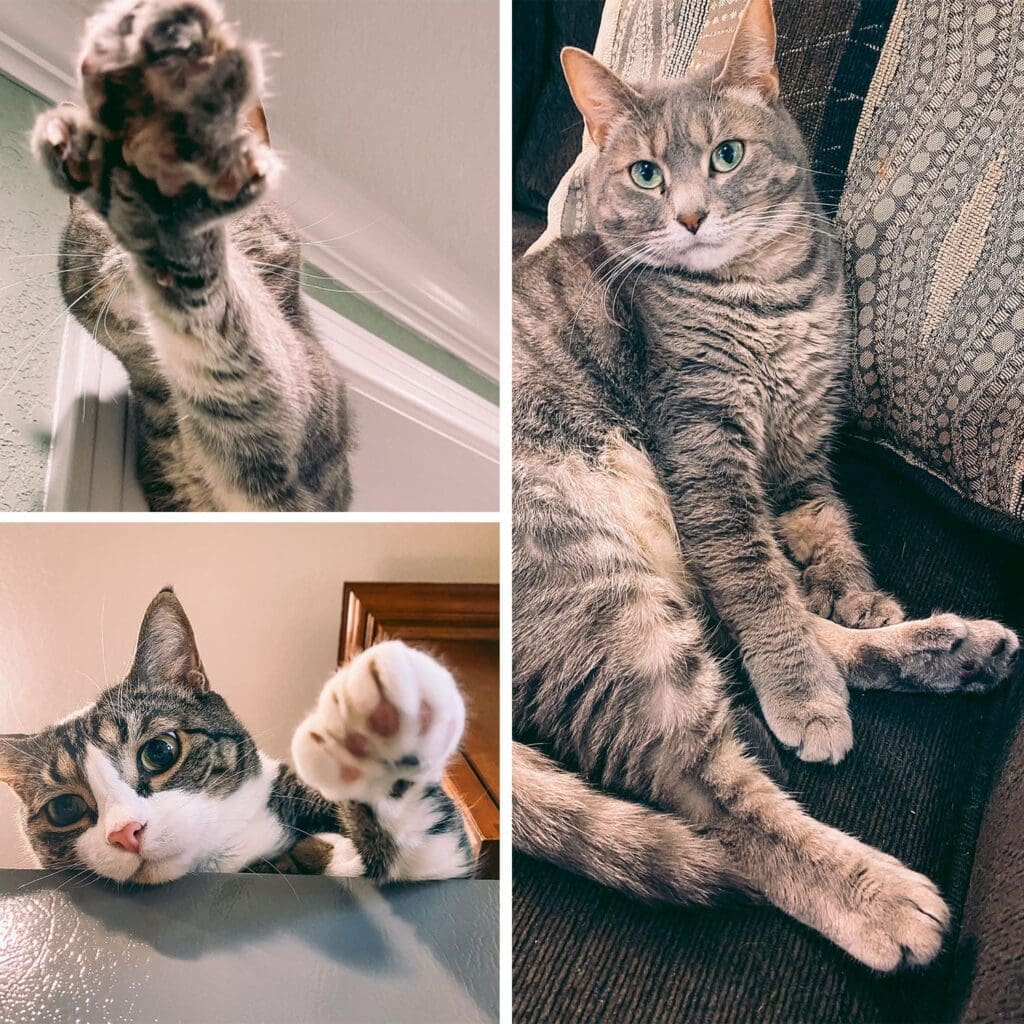
The easiest way to spot a polydactyl cat, in my experience, is to look for the thumb. Some “thumbs” on cats are pretty clear and noticeable, like with Olivia (the gray tabby) below. Others, like Louis, may have a more subtle “thumb,” which, when combined with his white paws, give him the true Mr. Mittens look.

On the other hand (paw?), here are a few images of cats with the average number of toes. The normal cat paw is generally more streamlined from the arm, whereas polydactyl cats almost look like they have a true wrist or ankle indent because of the extra digits.
Are Polydactyl Cats Common?
While polydactylism is not rare, world-wide, it is also not especially common, according to vet experts. Since the trait is genetically inherited, these cats are found most commonly along the East Coast of North America, and in South West England and Wales.
Can Polydactyl Cats Use Their Thumbs?
Polydactyl cats, by birth, face neither adverse effects nor advantages over the typical five-toed cat, according to Tufts’ University of Veterinary Medicine. That does not seem to mean, though, that a cat cannot learn to use their extra toes to their advantage.

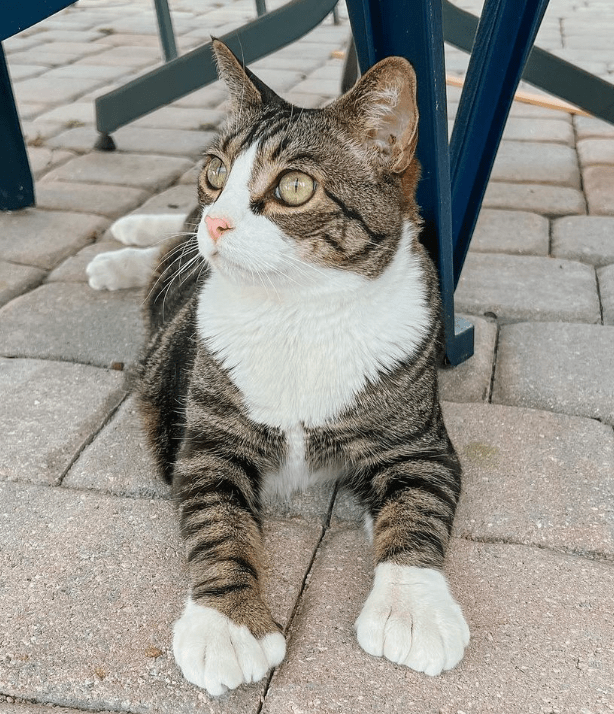
In my anecdotal experience, polydactyl cats with a more separated “thumb” (like my gray cat Olivia) rather than those with tighter mittens (like my cat Louis) seem to be able to almost move the extra toe like we would a thumb. It’s obviously not an opposable thumb, but I have seen Olivia use it to scoop up kibble or pick up toys in a way that other cats cannot.
Polydactyl Cats & Hemingway
You may have heard of Hemingway Cats — but are Hemingway Cats the same as polydactyl cats? Yes.
Ernest Hemingway was a big cat guy. Throughout his life, Hemingway had a number of polydactyl toed cats and, after he died, his Key West home was transformed into a museum and sanctuary for his cats. As of writing this article, the Hemingway House is home to approximately 60 polydactyl cats. It is said that many of these cats are descended of Hemingway’s original polydactyl cat, Snow White, who was given to him by a ship captain.

Image Credit: Hemingway Home Museum via IG
FAQ Round Up on Polydactyl Cats
- What does it mean when a cat is polydactyl?
This means they have extra toes, either on their front paws, back paws, or both. - How many toes do cats normally have?
Cats typically have five toes on their front paws and four on the back. - What causes polydactylism in cats?
An inheritable genetic mutation. - Are polydactyl cats clumsy?
No, cats with extra toes are not necessarily prone to being more clumsy than a five-toed cat. - Did Ernest Hemingway really have polydactyl cats?
Yes! Hemingway had numerous polydactyl cats in his life, such that, after he died, his home became a museum and cat sanctuary for the 60+ cats that live on the land. That’s why polydactyl cats are sometimes called Hemingway cats!
Whether you’re adopting your first cat or adding to your clowder, my Cat Care Guide covers everything you need to know about giving your cat their best life!
Check out my complete Cat Care Guide here!
*This post was originally published as part of my Cat Mom Life series on April 13, 2023. It was most recently updated on October 9, 2023.


